Developed for industry and then applied to IT in the 1980s, the
traditional “V” project management method, also known as
Waterfall, has long established itself in development logic. The
classic method establishes the principle of dividing the project
into six or nine successive stages which will be validated before
moving on to the next. Hence the eponymous "V" in the
appellation. In addition, the shape of the letter also recalls the
diagram when describing the process. The different phases are
sequenced as follows: needs analysis, drafting and validation of
functional specifications, architectural and functional design
stages, realization, unit tests, integration tests, validation test
then functional acceptance. As for Waterfall, by analogy with
this series of tasks performed in sequence, one has to imagine
a waterfall rushing down a slope and which, moreover, can no
longer go back upstream.
No going back
As soon as one stage is completed, development moves on to
the next, with no possible going back. One of the advantages
of the method is to facilitate management control. It makes it
possible to set a schedule and to consider steps to support the
development process. Of course, the phases follow each other
in strict order, without any overlap or iterative steps. Also,
V-cycle development does not allow for revisions or even
reflection. Therefore, it is very difficult to step back to modify a
previously poorly designed element. Moreover, each phase
being devoted to specific tasks, it is dependent on the results
of the previous phase.
The advantages of V-style management lie in its ease of
implementation and explain its adoption by industry and later
in the design and development of computer software. This
systematic planning allows development without any customer
involvement until the project is delivered, its expectations
integrated in it from the start of the project. With an upstream
global forecast, the Waterfall method also provides a perfect
outlook in terms of budget, achieved performance at each
stage and therefore delivery.

Risks of discontinuity
But the lack of flexibility can also be troublesome. In effect, this
very structured progression framework does not allow the
integration of unforeseen events such as technological
developments, the emergence of new competitors, the creation
of new markets, the evolution of production and distribution
standards, etc. Of course, taking into account these possible
occurrences involves calling into question the work of the
teams, with the risk of generating delays and additional costs.
Finally, the end result must be perfect to satisfy the customer
since in this model, they will only discover what it is upon
delivery. So be careful with the risks of discontinuity between
the initial expectations and the final product.
The Customer is at the center
As for alternatives, there are other substitution solutions.
To name a few: Agile Scrum, the adaptive method, the critical
path method, the PERT method, PRINCE2, Kanban.
Due to the flexibility it allows in terms of product design, the
agile is the one method favored by startups in particular.
At the origin of "agile" practices, there is a finding about
counter-productivity. It was realized that it was unnecessary
to plan a project in detail and that it was essential to improve
communication between the different actors of the project.
In an agile process, the customer's request is at the heart of
the action. The teams are therefore more responsive in a
development framework where changes are easier to make
along the way to improve the product. The project is often split
into several mini-projects, each requiring client validation to
move on to the next. Agile practices are based on adaptability,
dialogue and cooperation with the customer. The agile method
also relies more on interactions between team members rather
than documentation. The time factor is also to be taken into
account. Here, the objectives are more of the short term kind.
Deadlines are shorter and the rest of the project will be planned
according to the previous achievement. At the end of each step,
the delivery is tested. If the result is conclusive, one goes to the
next functionality, otherwise, corrections are made.
With this more flexible approach, it is much easier to adapt to
changes and unforeseen issues. These days, the most used
agile method is the Scrum method.

The differences between V-cycle and Agile management
- Project Life-cycle: sequential in V-shape vs iterative in agile
mode.
- Delivery: a final product, all features are realized in a V-cycle
corresponding to the designed end-product. Whereas in agile-style management, needs are prioritized without waiting for
the complete development of the feature set. Quality controls
are more frequent and avoid the tunnel effect of a V-cycle.
- Customer requests: In a V-cycle, revisiting validated
specifications is a complex matter and a generator of cost as it
is considered to be an evolution of the initial need. In agile
management, it is possible to all feature from one iteration to
the next in a flexible manner.
- Planning: Detailed in a V-cycle, it allows a good outlook of
the development process, therefore of the budget. Upstream
this preparedness serves to limit modifications once
underway. Inversely, the agile mode permits the onboarding
of new customer requests.
- Documentation: It is the essential basis of a V-cycle project
while it is reduced to a minimum within an agile project.
For which environments?
The two methods respond to the requirements of quite
different contexts.
For the simplest projects, defined with precision and subject to
detailed planning upstream of their execution can be managed
in a V-cycle. This method is perfect to frame a project whose
contours are well delimited.
On a project of more complex proportions, it will be more
coherent to undertake it in an agile mode. In an unstable,
complex and evolving environment, it’s always more
appropriate to have the project keep some margin of
upgradeability. So more so, if the company objectives may
change, external constraints are, likewise, in flux: environmental
givens, competition, regulations, availability of new tools,
marketplace status, and let’s not forget pandemics… Agile
pratiques therefore remain an excellent ace for managing risk
when visibility is reduced. In summary, rather than oppose each
other, one can consider combining the two approaches and
win across the board.
Sources : techtarget.fr, nutcache.com, planzone.fr, bpce.com, blog.lesjeudis.com, wimi-teamwork.com







